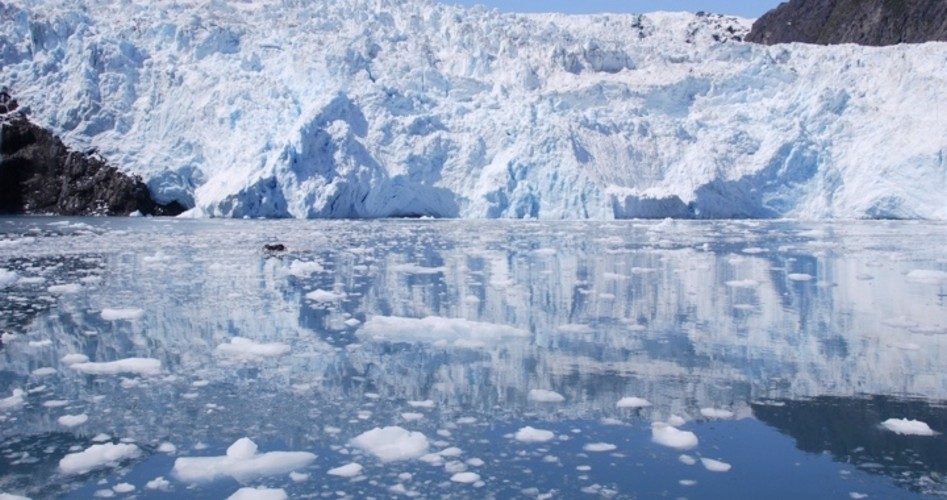
Greenland’s glaciers are flowing at a slower pace than predicted, according to a team of experts who published results of their research in the latest issue of Science magazine. Studies at the turn of the 21st century forecasted as much as a doubling of glacier velocity by 2010, threatening a drastic rise in sea level. However, according to the new research from the University of Washington and Ohio State University, “Observed acceleration indicates that sea level rise from Greenland may fall well below proposed upper bounds.”
The team collected satellite data from 2000 to 2010 tracking more than 200 of Greenland’s outlet glaciers, ice rivers that flow directly from ice caps to the sea. Glacier velocity measures how fast this ice flows. Though actual speeds were significantly less than predicted, they found the ice sheets moving on average 30 percent faster than a decade ago.
This leaves climatologists worried about threats of land loss to coastal communities worldwide. “We know sea level is going to rise, but how much, and how fast, and where, we really still don’t know,” said co-author Josh Willis of NASA’s Jet Propulsion Laboratory, in an interview with LiveScience. He also warned geologic records prove “ice sheets are capable of causing very rapid sea-level rise three to four times what we see today.”
However, ancient sea-level rise cannot be attributed to human-caused global warming but instead bolsters the case of natural cycles driving climate variation. The Science and Public Policy Institute notes “the Greenland ice sheet was entirely absent about 850,000 years ago: therefore, even if Greenland’s ice were to melt, its disappearance would be entirely within the natural variability of the climate.”
Despite current slower-than-expected glacier velocities, researchers point out future speed could indeed exceed previous forecasts. Co-author Ian Howat of Ohio State University told BBC News “this 10-year time series is too short to really understand long-term behavior,” and warned that large glaciers have the potential to speed up significantly and “greatly increase the rate of sea-level rise.”
Yet one of the world’s leading experts on the issue says sea level rise is nothing but a myth. Swedish geologist and physicist Nils-Axel Mörner is the former chair of INQUA International Commission on Sea Level Change and the subject of a new play called The Heretic owing to his controversial research that exposed fraud in the UN Intergovernmental Panel on Climate Change (IPCC).
“The sea is not rising,” he said in a 2009 interview with the Telegraph. “It hasn’t risen in 50 years,” he added, and went on to predict that any rise during this century will “not be more than 10 centimeters, with an uncertainty of plus or minus 10 centimeters.” In fact, Mörner’s 35 years of research have shown a drop in sea level in many areas of the world and revealed cherry-picking of data by the IPCC to show an annual rise. The Telegraph reported:
…IPCC’s favoured experts had drawn on the finding of a single tide-gauge in Hong Kong harbor showing a 2.3mm rise. The entire global sea-level projection was then adjusted upwards by a ‘corrective factor’ of 2.3 mm because, as the IPCC scientists admitted, they ‘needed to show a trend.’
Though the UN blackballed Mörner on account of these findings, the reality is IPCC estimates of sea-level rise have nosedived from predictions of 3 feet per century in 2001 to about 2 feet per century in 2007 and now waver around 17 inches by 2100.
The historical record supports Mörner’s assertion. One thousand years ago during the Medieval warming period, when global temperatures significantly exceeded current readings, there were no mass migrations inland to escape encroaching seas. As Robert Zurbin pointed out in his recent National Review editorial, Carbon Emissions are Good, during that time “oats and barley were grown in Iceland, wheat in Norway, hay in Greenland, and the vineyards of England produced fine wines as far north as York.” Melting glaciers have also uncovered tree stumps and abandoned Viking settlements on Greenland’s coast.




